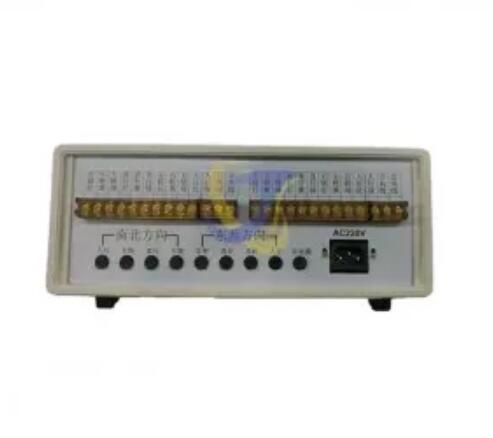In order to liberate human resources and improve efficiency, in today’s society, more and more smart devices appear in our lives. Wireless traffic light controller is one of them. In this blog post, we will explore wireless traffic light controller features and functions.
Wireless traffic light controller features
1. Practicality
The intelligent traffic signal controller has good practicability. The technology, equipment and control software used can meet the traffic characteristics, making the use and maintenance more convenient, and it also has the ability to control the system through networking;
4. Openness
The core technology of the intelligent traffic signal controller has openness and good expansion ability, and various modules can be added to make the performance better;
5. Advancement
Its design is based on mature and international mainstream technology; high-precision voltage and current detection technology.
What are the main functions of the traffic signal light controller?
Traffic signal light controller The signal machine is an important device for controlling traffic signals at intersections. It is an important part of traffic signal control. Various traffic control schemes are ultimately realized by the signal machine. So what are the main functions of the traffic light controller? Today, wireless traffic light controller seller Qixiang will introduce it to you.
Wireless traffic light controller functions
1. Networked real-time coordinated control
Through the connection with the communication machine of the command center, two-way real-time data transmission is realized; the signal machine can report various traffic parameters and working conditions on site in time; the central control system can issue control commands in real time for remote synchronous stepping and remote control. Remote setting of operating parameters: The central control system can download various optimized control schemes to the signal control machine for storage in time, so that the signal control machine can also run independently according to the scheme formulated by the command center.
2. Automatic downgrade processing
On-site modification of operating parameters: the control scheme and parameters can also be modified on-site through the control panel, or directly input and modified by connecting a laptop computer to the serial interface. Cable-free self-coordination control: Relying on the built-in precision clock and optimized scheme configuration, cable-free self-coordination control can be realized without causing system or communication interruption.
3. Traffic parameter collection and storage
After the vehicle detection module is configured, it can report the status of the detector in real time, and automatically collect, store and transmit traffic parameters such as vehicle flow and occupancy rate. Single-point induction control: In the independent operation state of the signal machine, semi-induction or full-induction control can be performed according to the detection parameters of the vehicle detector.
4. Time phase and variable cycle control
In the signal independent operation state, the control is carried out according to different dates, and the time phase and changing period are realized according to the multi-phase control scheme in the signal seat. On-site manual control: Manual step control or manual forced yellow flash control can be performed at the intersection site through the control panel. Other traffic signal light control modes: expand the corresponding interface modules and detection equipment to realize special control modes such as bus priority.
If you are interested in wireless traffic light controller, welcome to contact wireless traffic light controller seller Qixiang to read more.
Post time: Mar-10-2023







